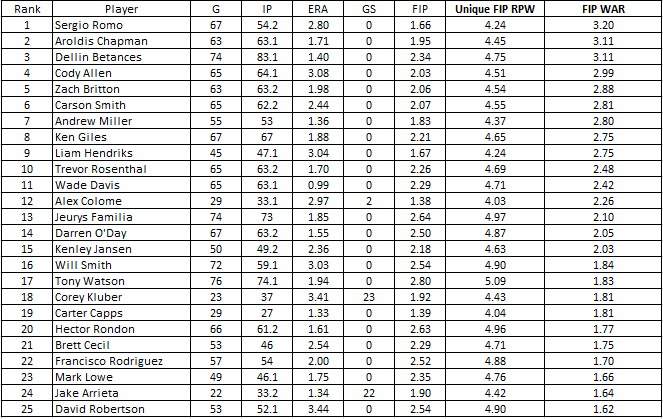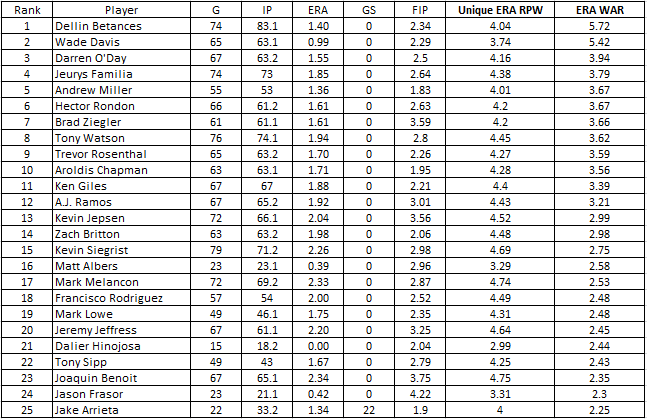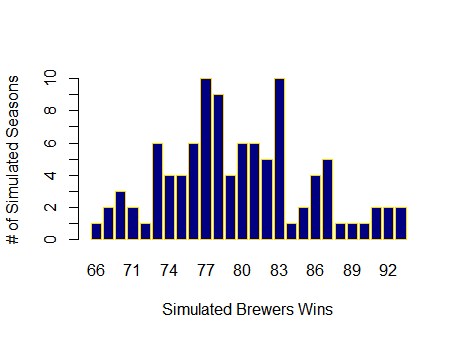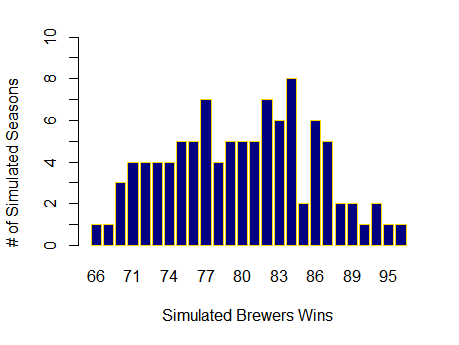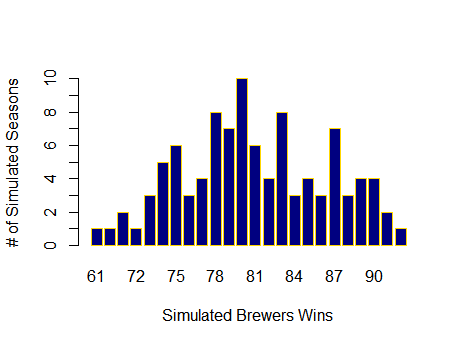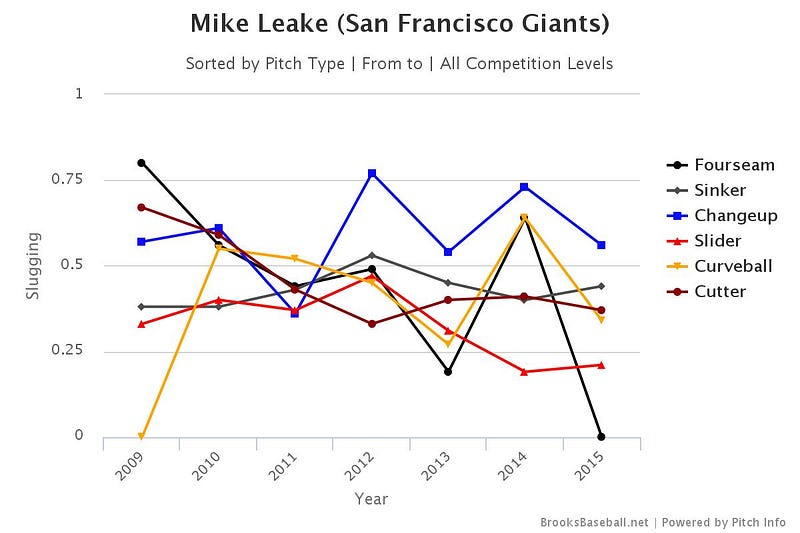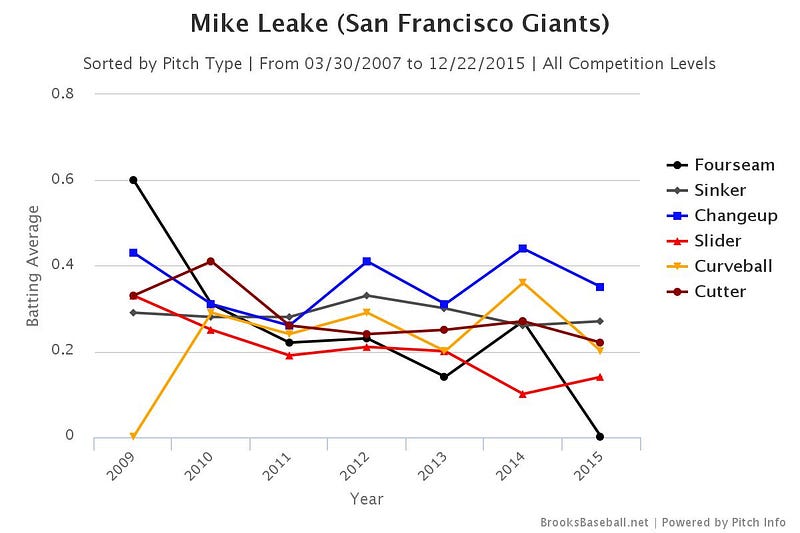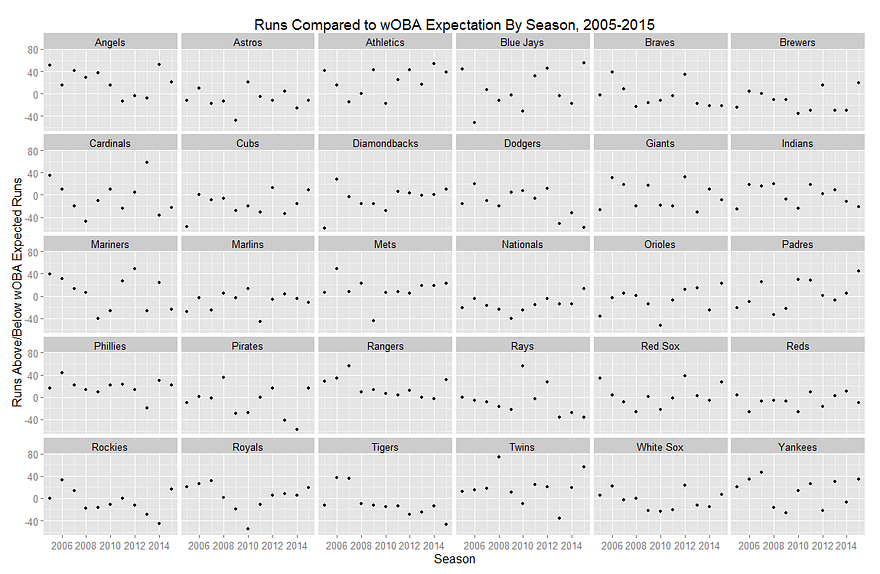The Pirates Are Probably Better (This Year) After These Trades
Are the Pirates actually worse after trading Andrew McCutchen and Gerrit Cole? Probably not. The trades addressed their weakest spot on the field, even though they caused sore spots off the field.
It’s usually doom and gloom when big names leave, and small names come back in return. But, the value of the smaller players can add up. In this situation they do.
The most important thing is to understand the context of who the Pirates are. The Pirates were not a World Series contender before the trades, or even strong playoff contenders. They were, and still are, a team that needed things to break the right way in order to compete for a playoff spot in a division with the Cubs, Cardinals, and Brewers.
However, a small market team can compete on the fringes, and the Pirates are doing that.
The Pirates weakest spot in 2017 was the 7th inning. Their starters had a 7.08 ERA in 47 innings pitched after the 6th. The team, as a whole had a 5.00 ERA in the 7th inning. The Pirates were nearly a whole run worse than the league in the 7th inning, which posted a 4.19 ERA. Over 162 innings that’s 14.58 (let’s call it 15) runs. Overall, the Pirates were an above average pitching team, but the 7th inning was their downfall.
| Inning | Pirates ERA | League ERA | Difference |
| 1st | 5.17 | 4.8 | 0.37 |
| 2nd | 3.67 | 3.97 | -0.30 |
| 3rd | 4.67 | 4.51 | 0.16 |
| 4th | 3.72 | 4.62 | -0.9 |
| 5th | 4.28 | 4.53 | -0.25 |
| 6th | 4.11 | 4.45 | -0.34 |
| 7th | 5.00 | 4.19 | 0.81 |
| 8th | 3.28 | 4.1 | -0.82 |
| 9th | 4.05 | 3.87 | 0.18 |
The mid-game struggles are further highlighted by the Pirates inability to keep up with the league average when entering the 6th and 7th. Teams that entered the 6th with the lead won 82.8% of the time; those who entered the 7th with the lead won 87.1% of their games. The Pirates only won 77.3% and 86.4% of those games, respectively.
| League | Pirates | ||||||
| Inning | W | L | W% | W | L | W% |
Wins Below League Average
|
| 6 | 1762 | 365 | 0.828 | 51 | 15 | 0.773 | 3.6 |
| 7 | 1872 | 278 | 0.871 | 57 | 9 | 0.864 | 0.5 |
On average, teams that entered the 6th inning tied won 50% of their games. The same applies to teams entering the 7th inning tied. The Pirates won 52% of the time when tied going into the 6th inning. They only won 45.8% of the games in which they were tied going into the 7th inning.
| League | Pirates | ||||||
| Inning | W | L | W% | W | L | W% |
Wins Below League Average
|
| 6 | 303 | 303 | 0.5 | 13 | 12 | 0.52 | -0.5 |
| 7 | 279 | 279 | 0.5 | 11 | 13 | 0.458 | 1.0 |
Moreover, the Pirates were less adept at making comebacks than other teams. The league average winning percentage for teams trailing entering the 6th inning was 17.2%, and 12.9% when trailing entering the 7th inning. The Pirates ended the season with a 15.5% and 9.7% winning percentage in each respective situation.
| League | Pirates | ||||||
| Inning | W | L | W% | W | L | W% |
Wins Below League Average
|
| 6 | 365 | 1762 | 0.172 | 11 | 60 | 0.155 | 1.2 |
| 7 | 278 | 1872 | 0.129 | 7 | 65 | 0.097 | 2.3 |
Juan Nicasio left the team in free agency this off-season. His stellar 2017 is the reason for the Pirates’ great 8th inning performance last year, but the Gerrit Cole trade addressed this loss through the acquisition of Michael Feliz, who will likely, at least in part, take over Nicasio’s 8th inning role. The Cole trade also alleviated the loss of Cole himself, as the Pirates acquired Joe Musgrove, who Steamer projects to have a nearly identical season, if not better season than Cole himself. (Editor’s note: Steamer has not yet accounted for Musgrove’s projected switch from the bullpen to the rotation in regard to his rate stats).
What about the 7th inning? This is what the McCutchen trade addresses. Kyle Crick may seem underwhelming, but he may be exactly what the Pirates need in order to extend and bolster their bullpen. Crick will be relied upon to team up with A.J. Schugel, George Kontos and Daniel Hudson to address the 7th. The four of them are unlikely to be dominant, but the Pirates will be well-served if the four players can mimic, or slightly exceed the league average. More important, the group will need to provide Clint Hurdle with enough confidence to remove his starters by the 6th inning. The group is ill-equipped for the final third of games, but they are seemingly capable of providing average to above-average performance in the first 6 innings of a game.
Kyle Crick and Michael Feliz may not inspire passion in a fan base that lost a face of the franchise, and head of their rotation, but those are the types of players the Pirates need to stay competitive, with or without Cole and McCutchen.
This doesn’t address the loss of McCutchen on offense, but there’s a reasonable expectation that players on the team will be able to patch together those losses in the form of a healthy Starling Marte (Steamer 2018 Projection: 3 WAR, 2017 1.2 WAR), a healthy Gregory Polanco (Steamer 2018 Projection: 1.8 WAR, 2017 0.5 WAR), a more developed Josh Bell (Steamer 2018 Projection: 1.2 WAR, 2017 .8 WAR), etc. The team will also need to add a veteran outfielder to hedge against a likely Adam Frazier regression and to provide time to figure out where Austin Meadows fits into the 2018 Pirates. However, the picture as a whole suggests that this team is no worse off in the field than it was with the 2017 version of Andrew McCutchen (3.7 WAR).
The Pirates rightly buried the memories of the past to focus on the present and the future. They addressed their weakest spots by picking up players that will contribute now, and provide them a cost-controlled future. McCutchen and Cole were not the right places to invest for the future, therefore the Pirates rightly divested now, and they are, at worst, not worse off for it.
It’s going to be really hard for the Pirates to win 90+ games again. This was the case with Cole and McCutchen. It’s also the case without them. But, they may actually have a better shot now than they did before the trades. Bullpen depth isn’t sexy, but it’s necessary. Particularly for this team.
***All stats in the tables above were taken from Baseball-Reference.com. All Steamer projections and 2017 WAR citations are from Fangraphs

